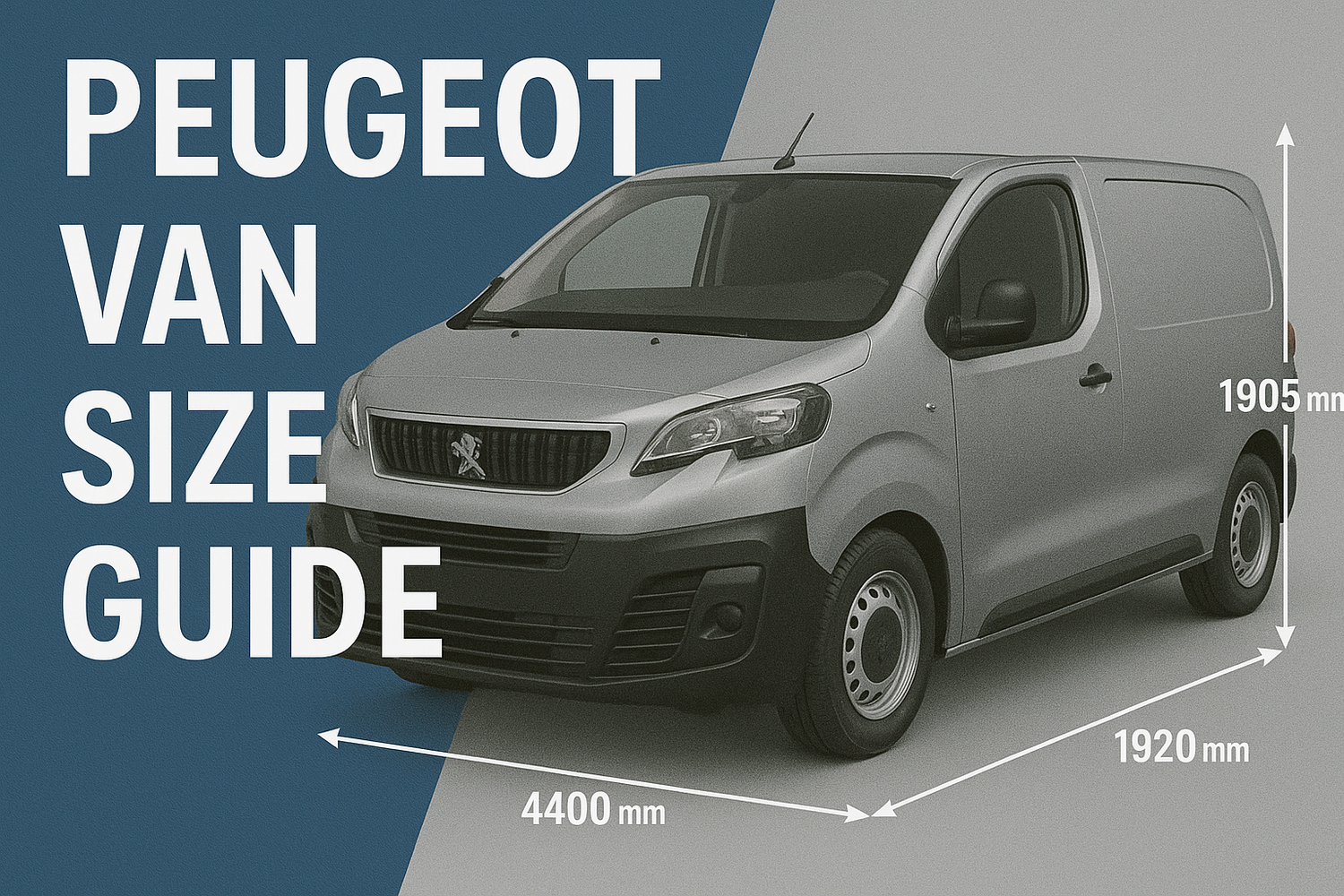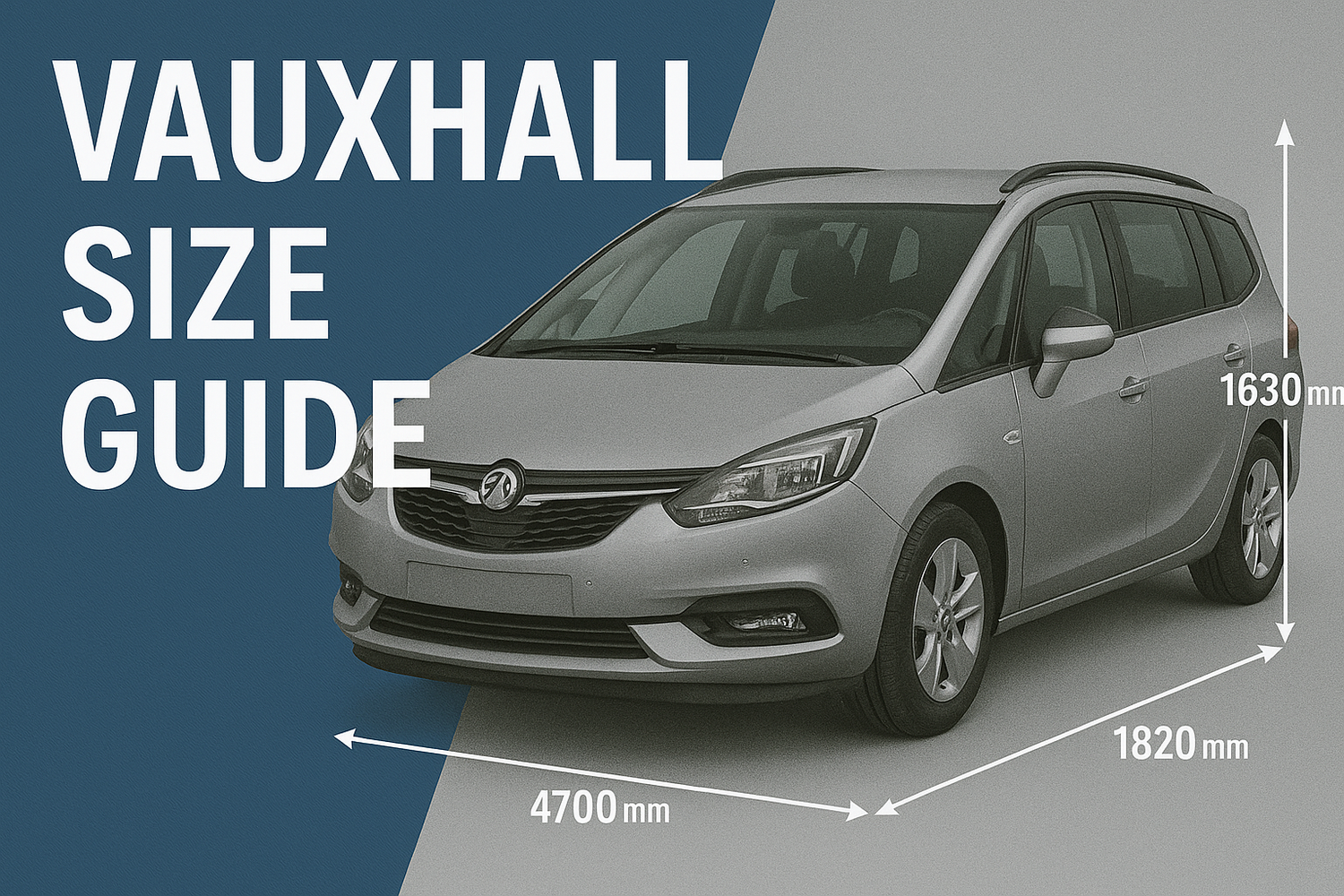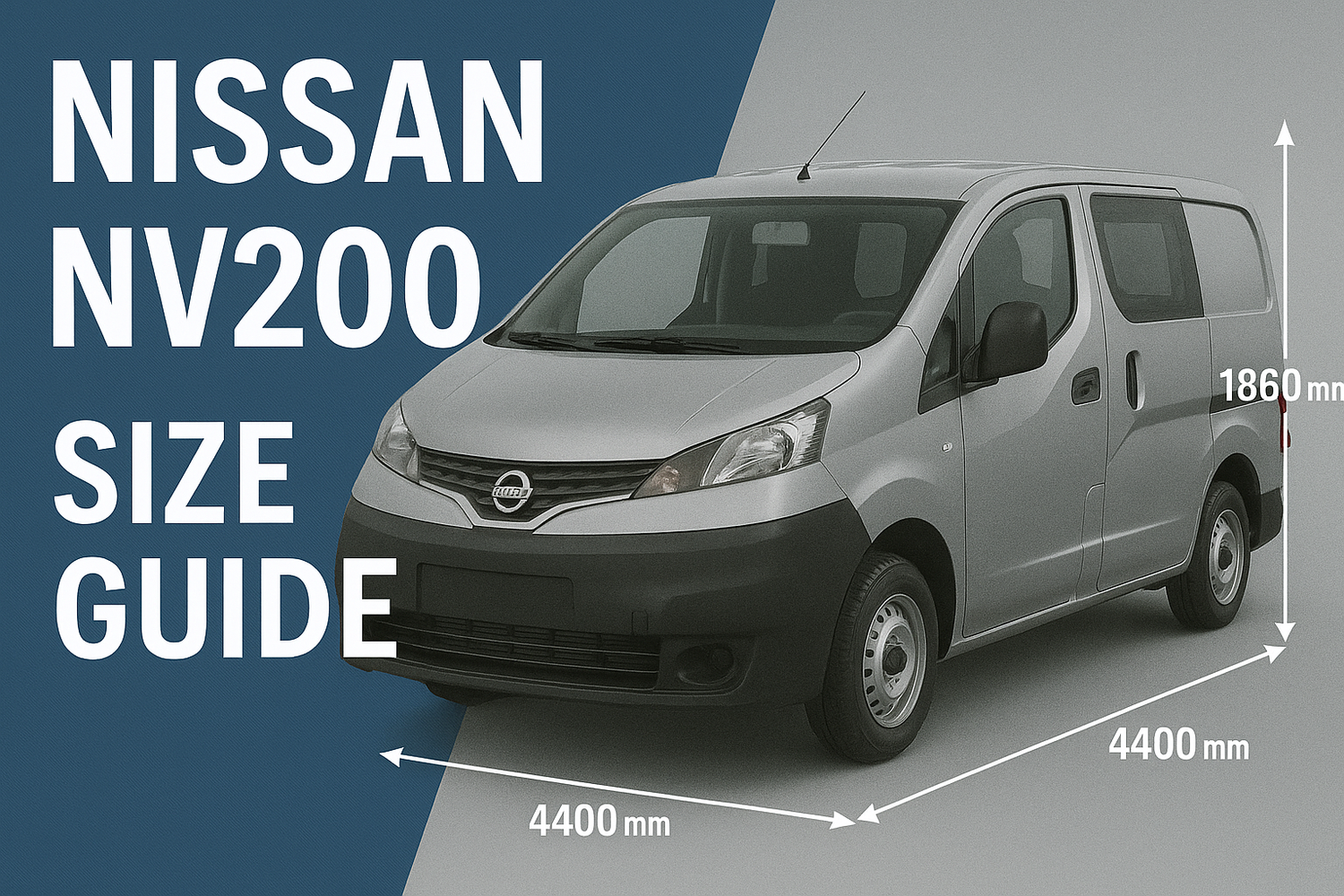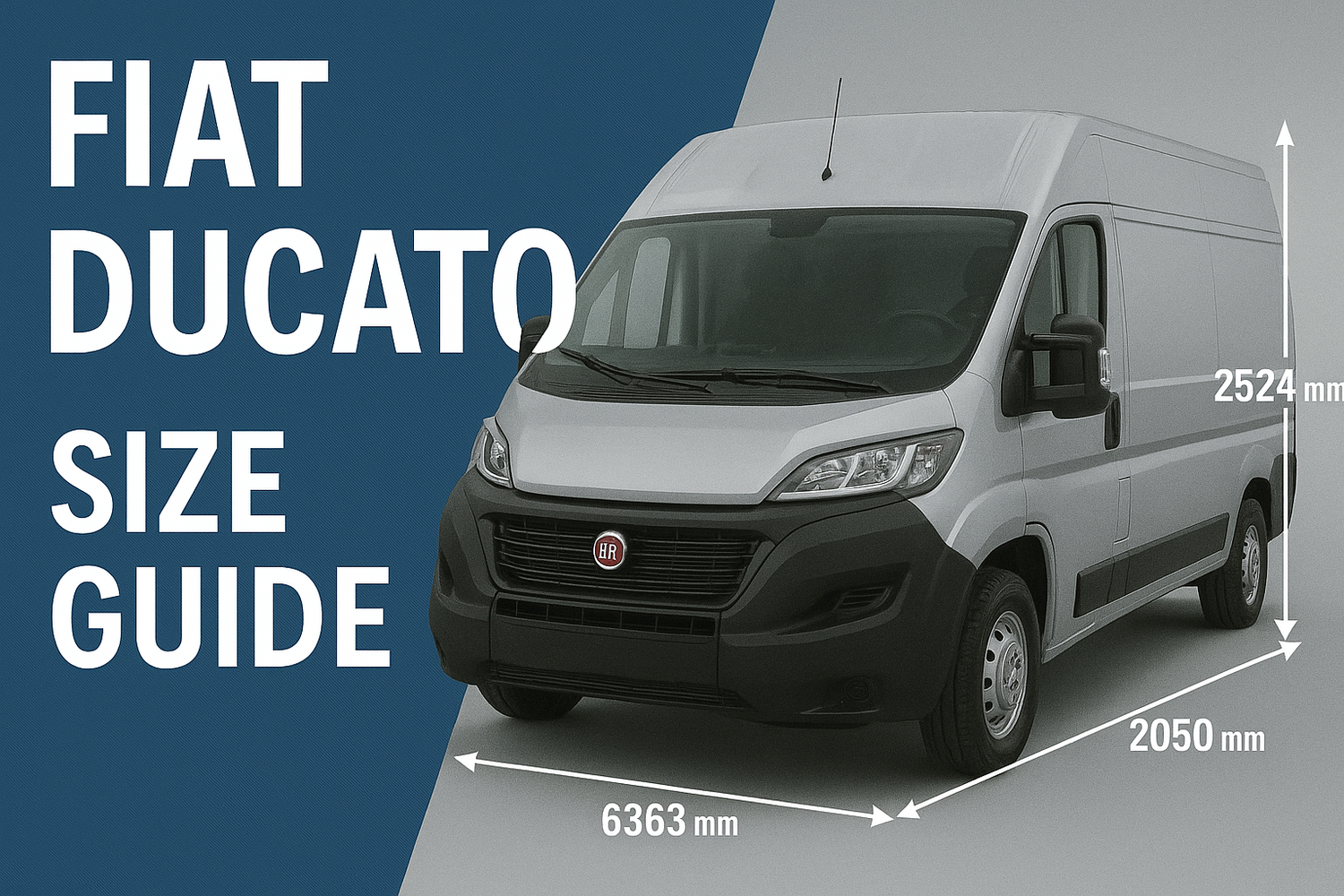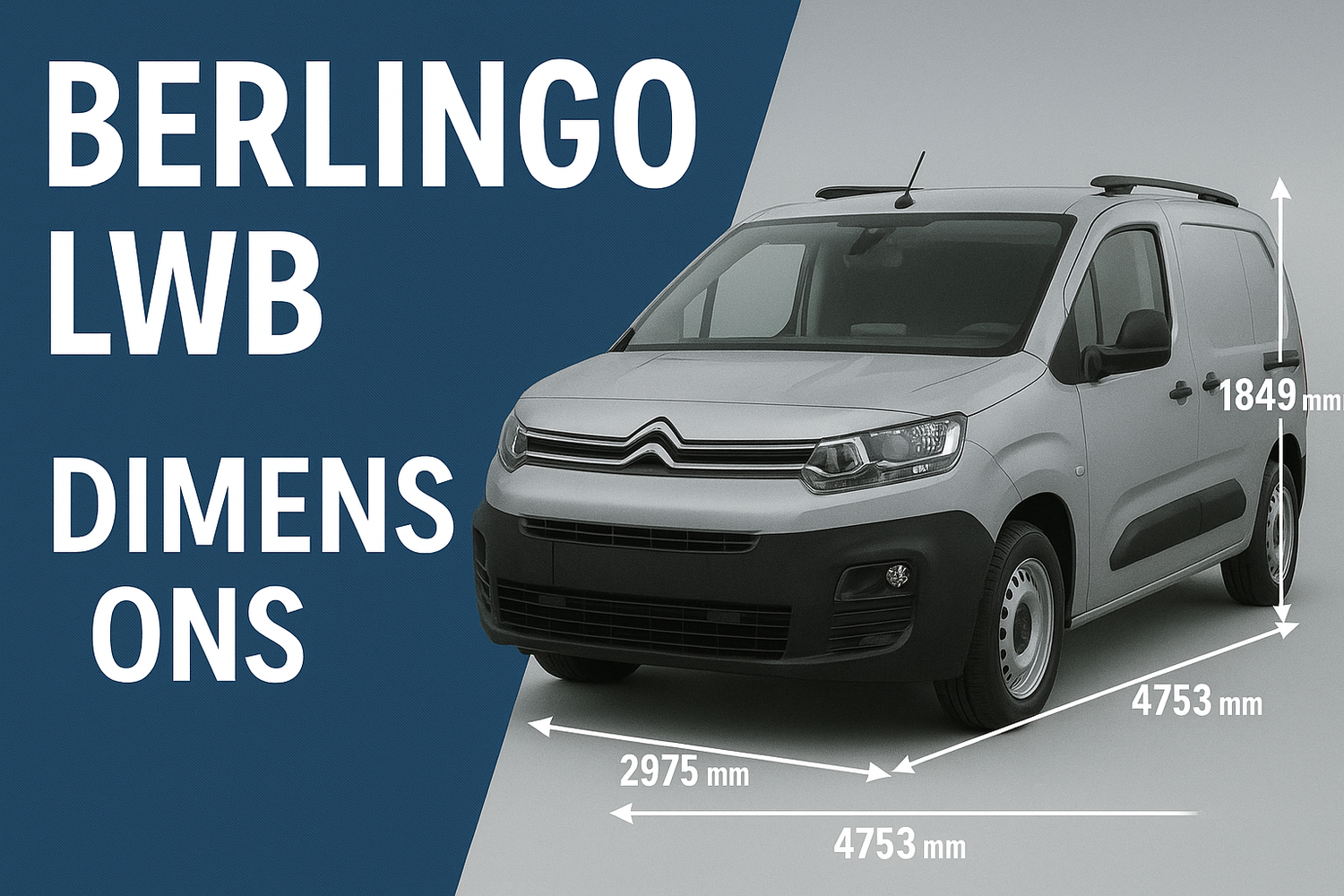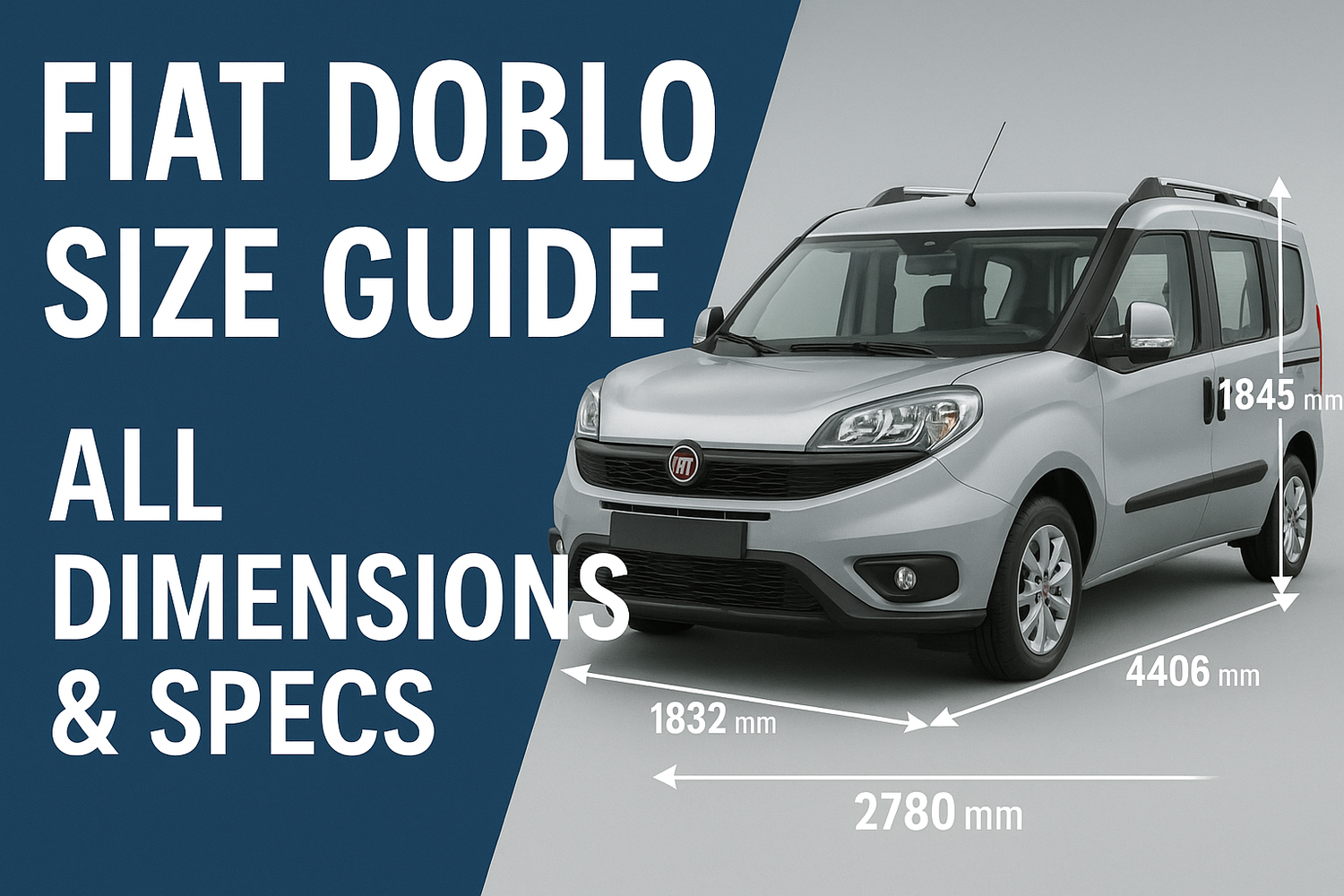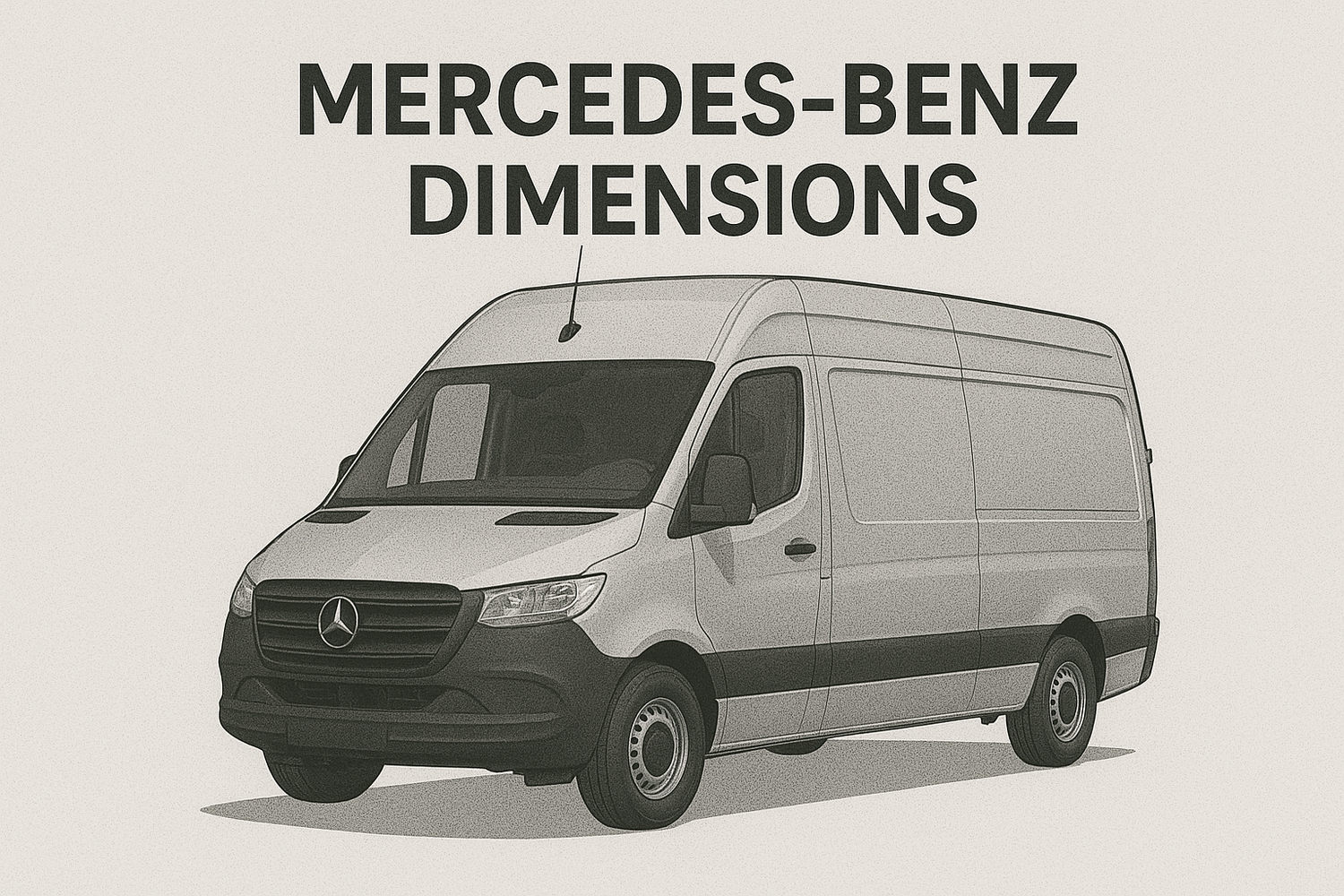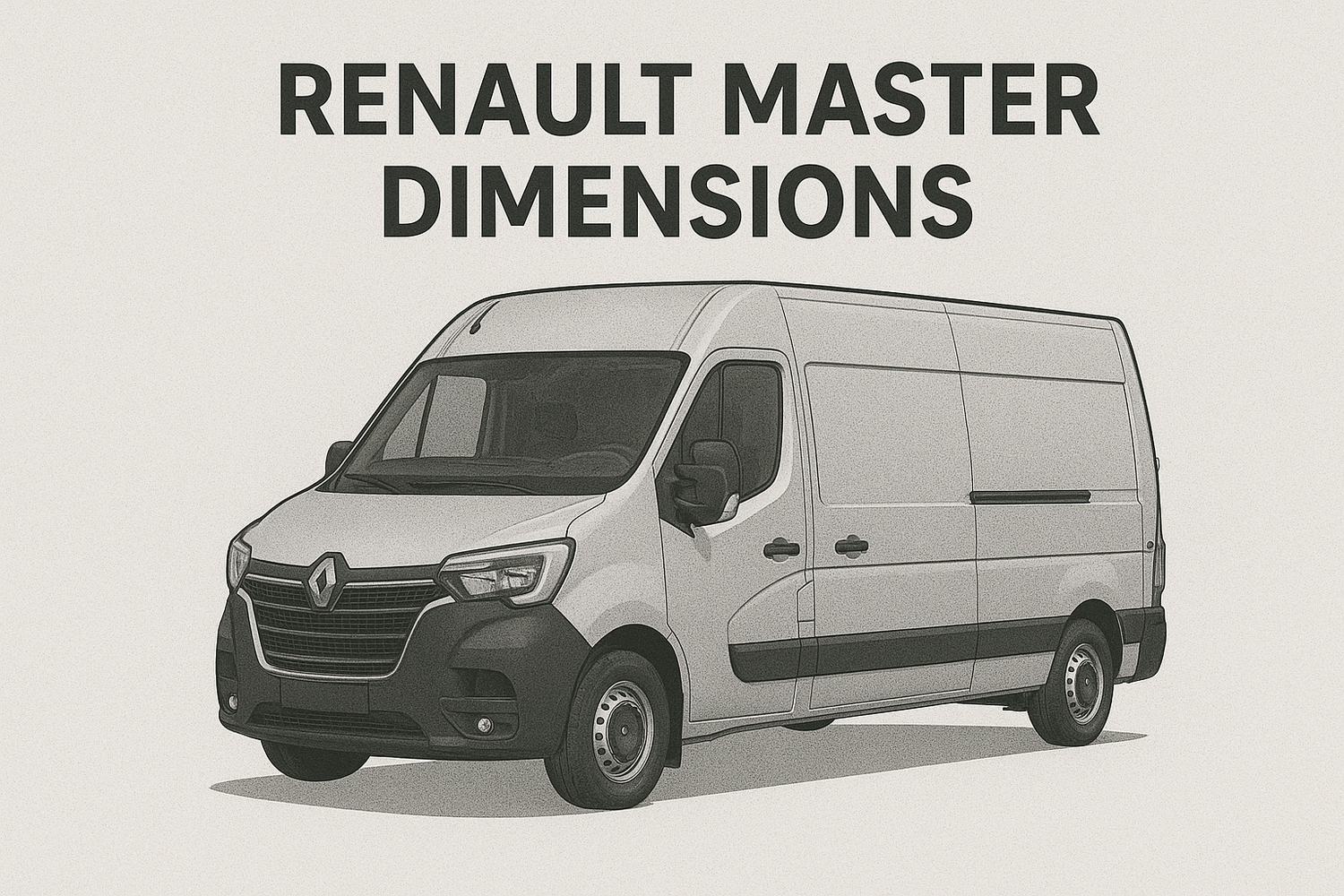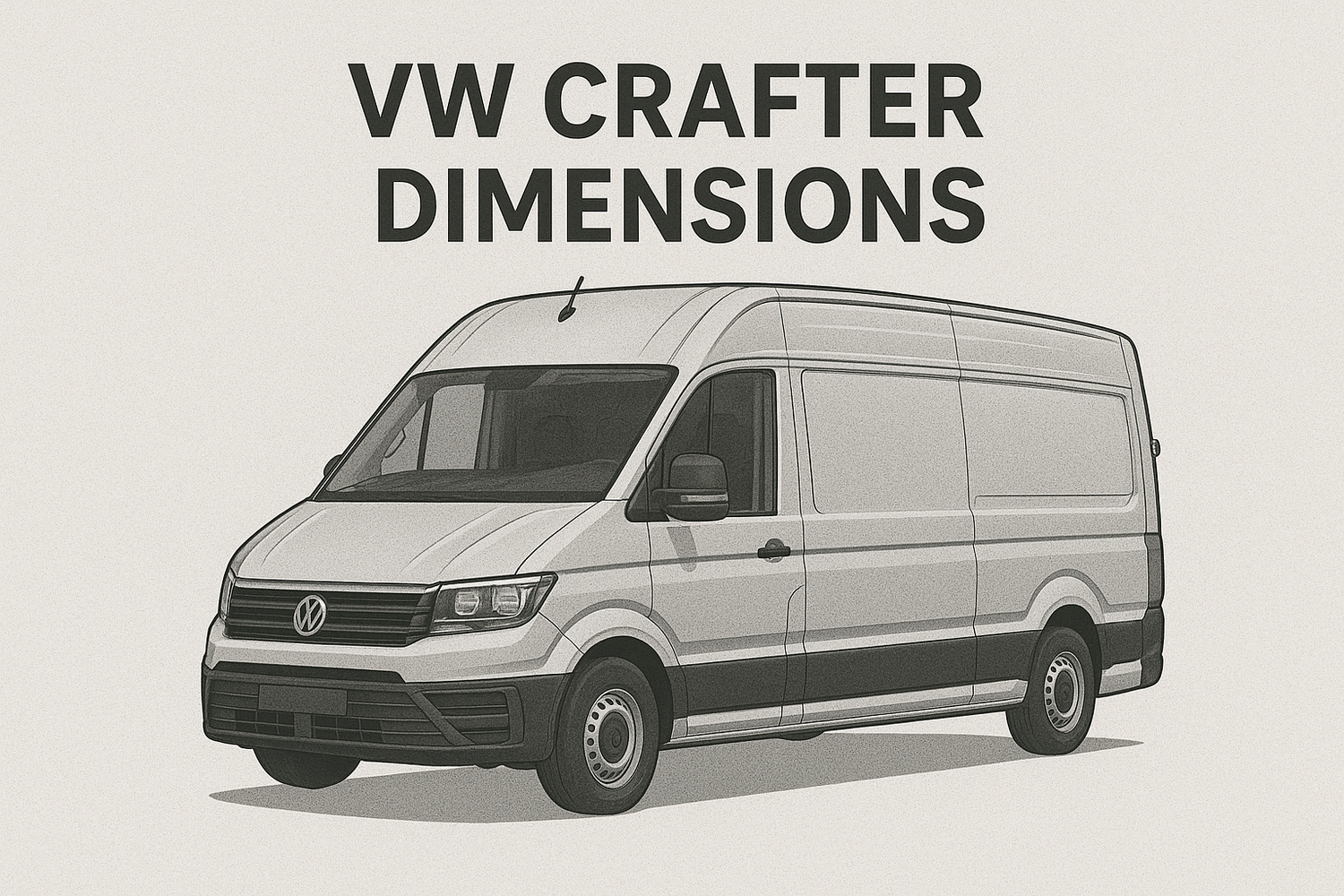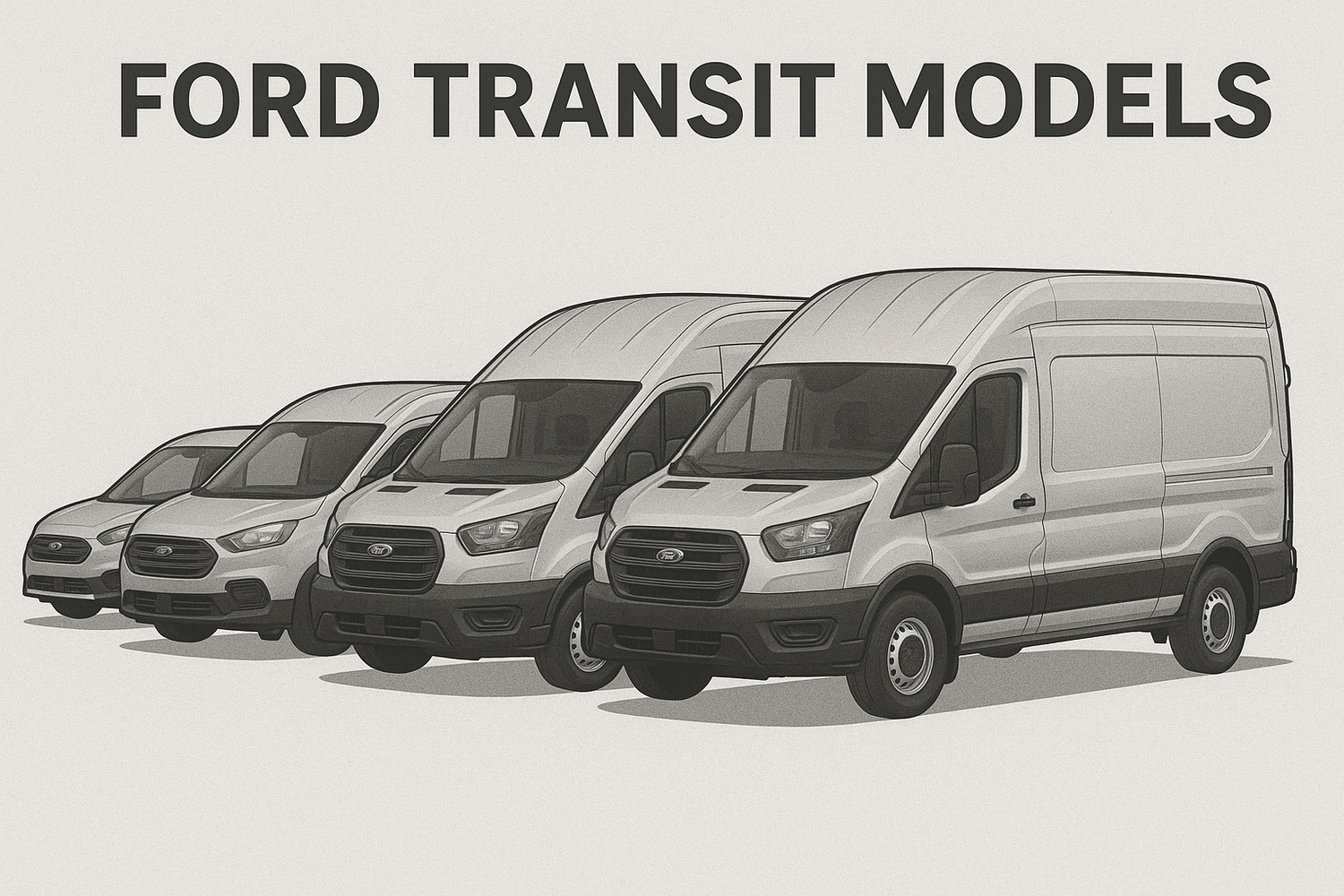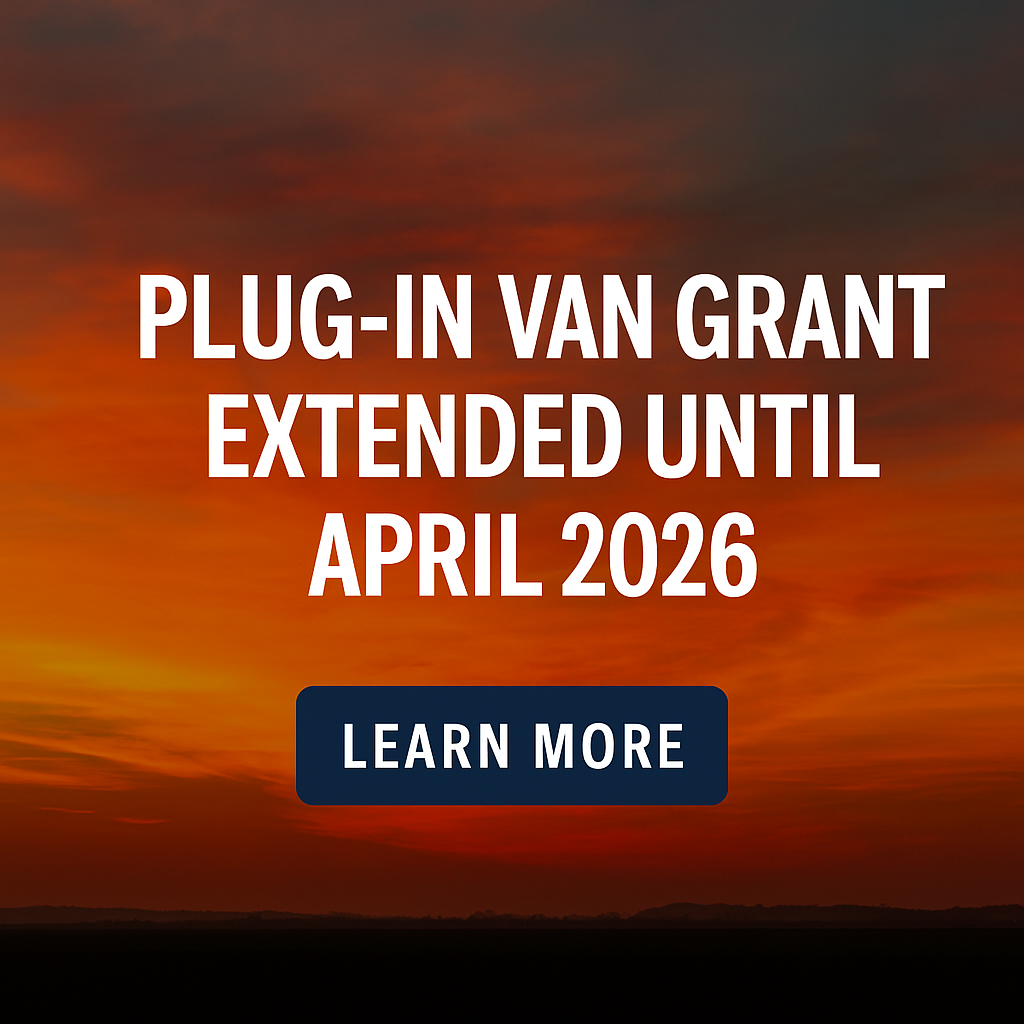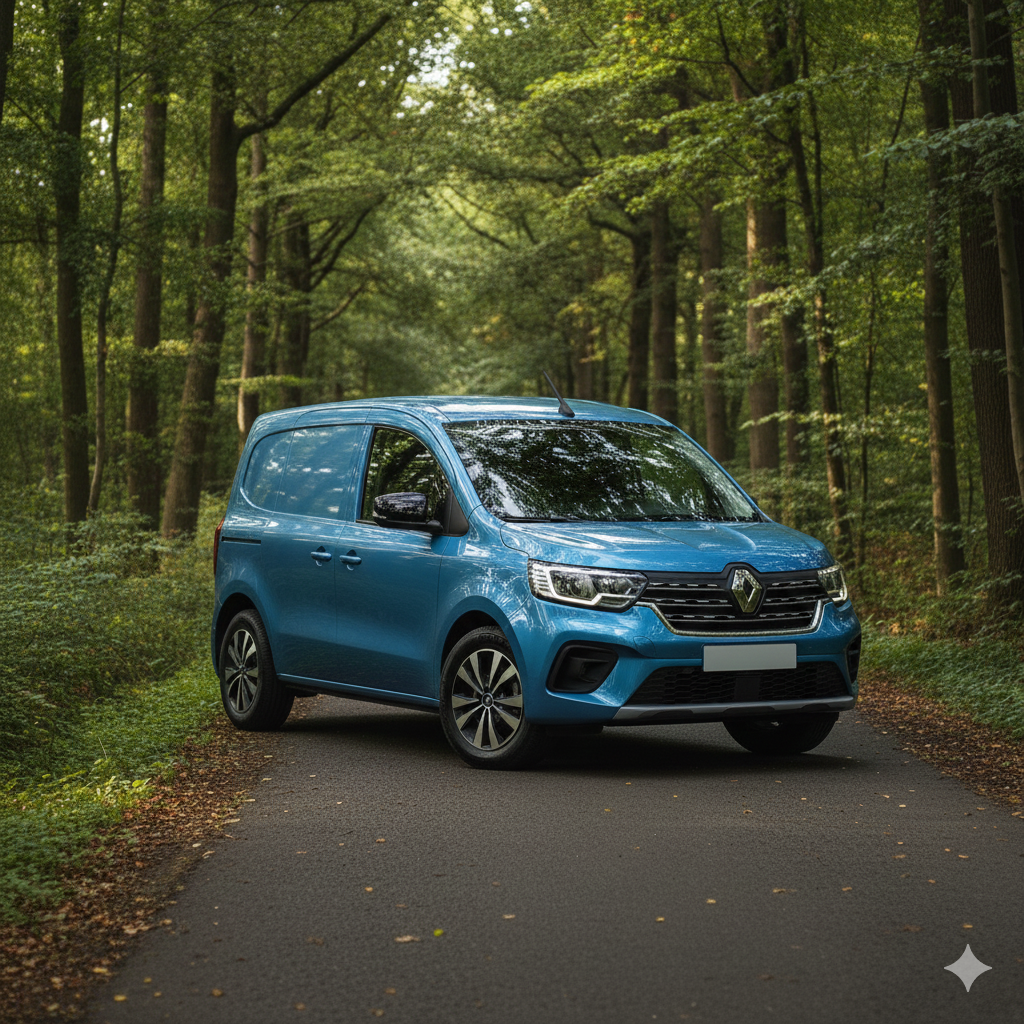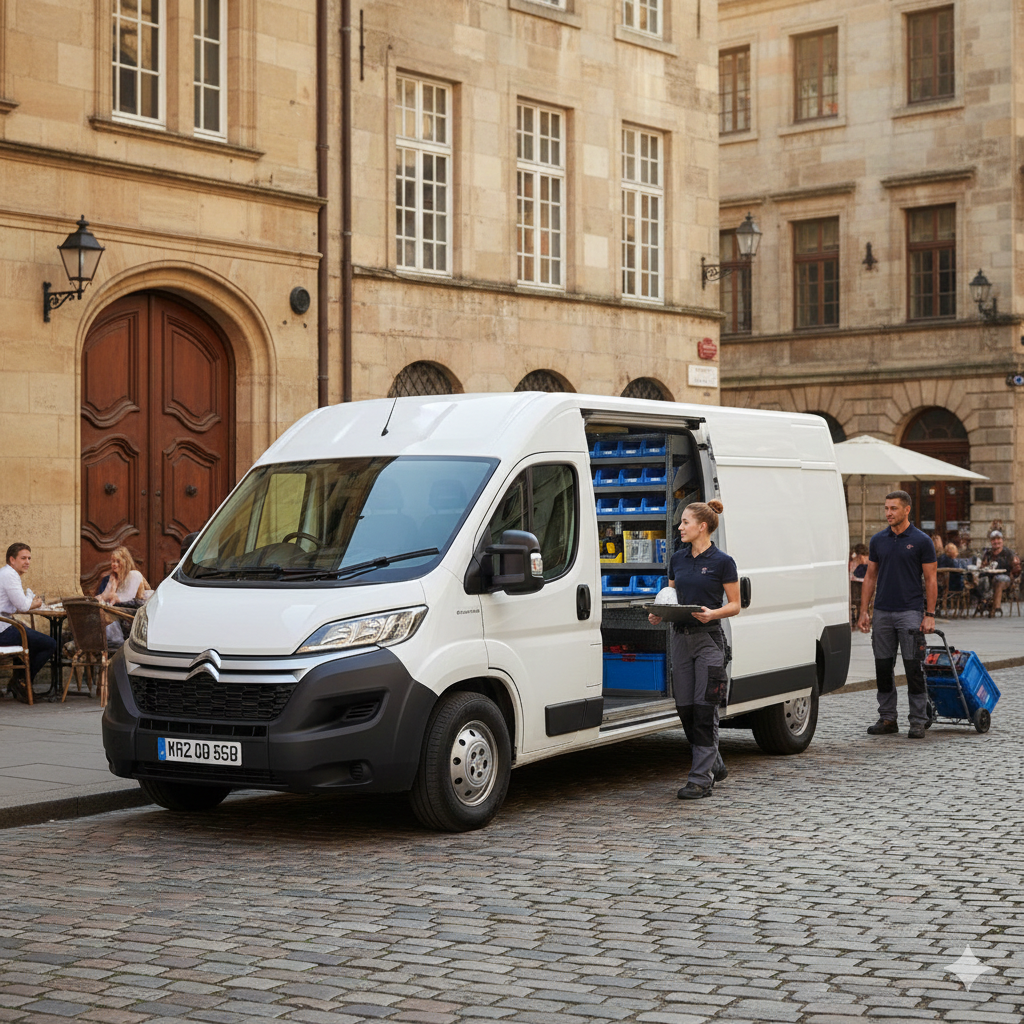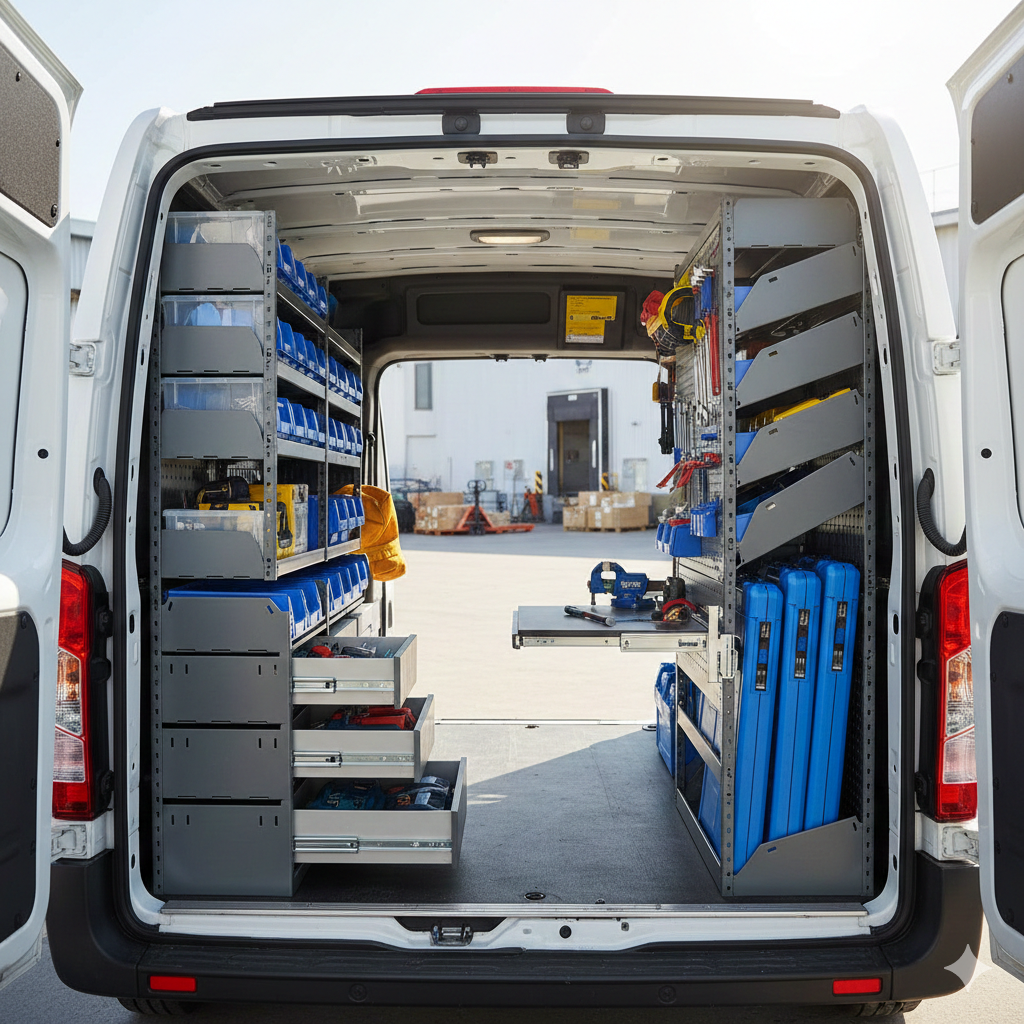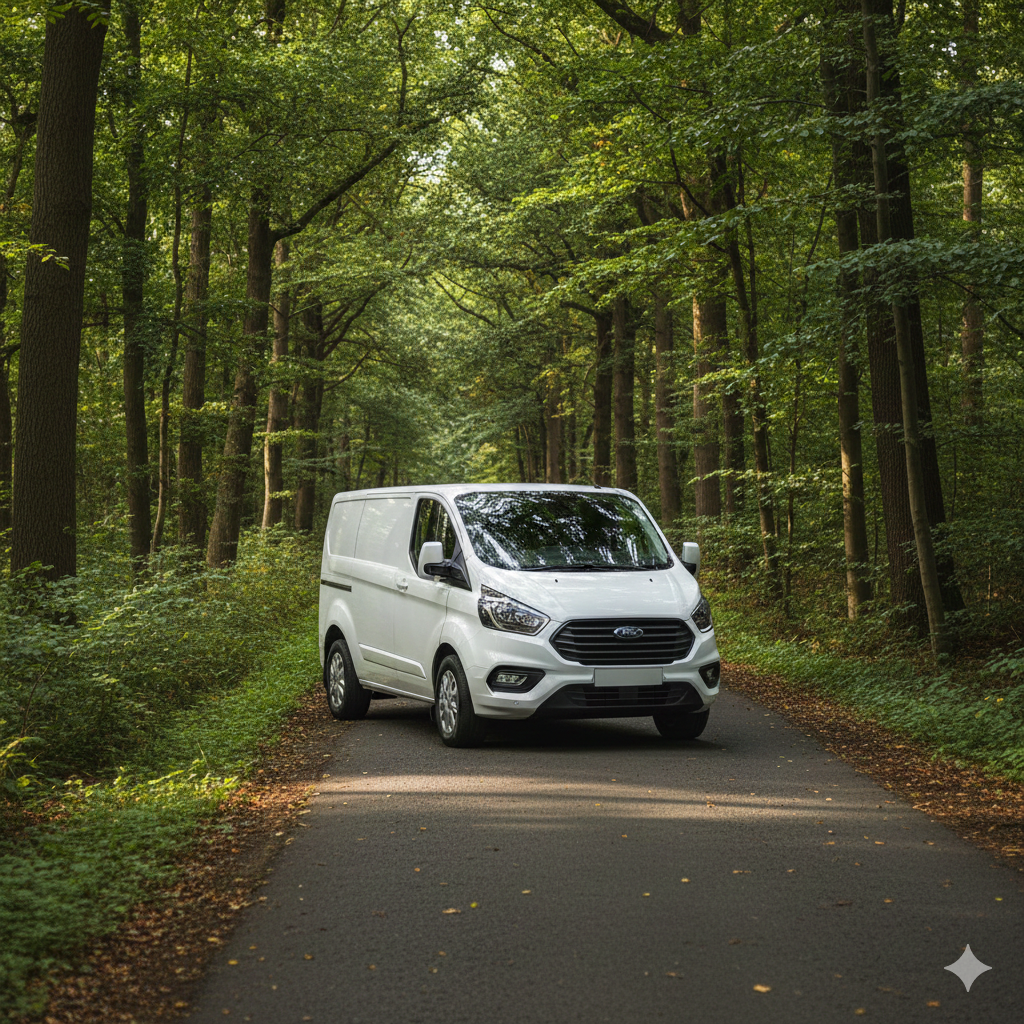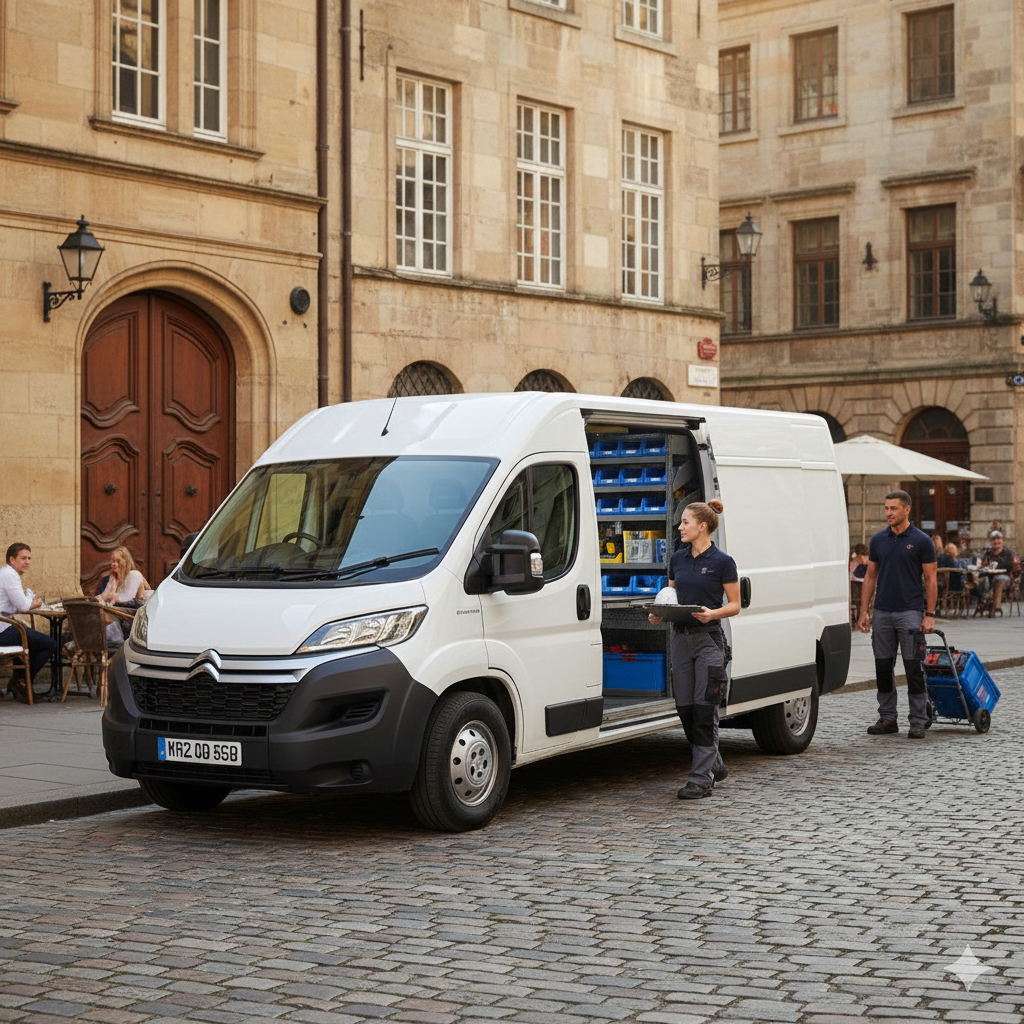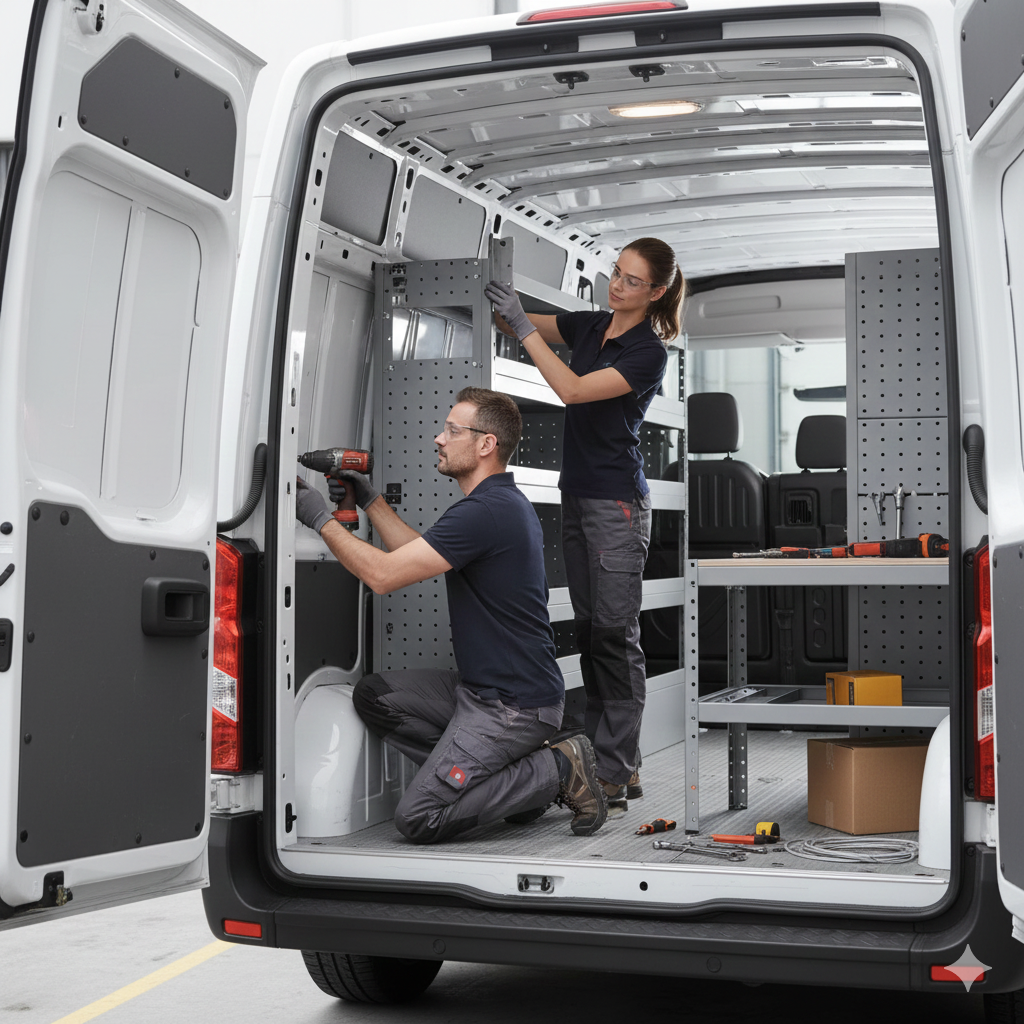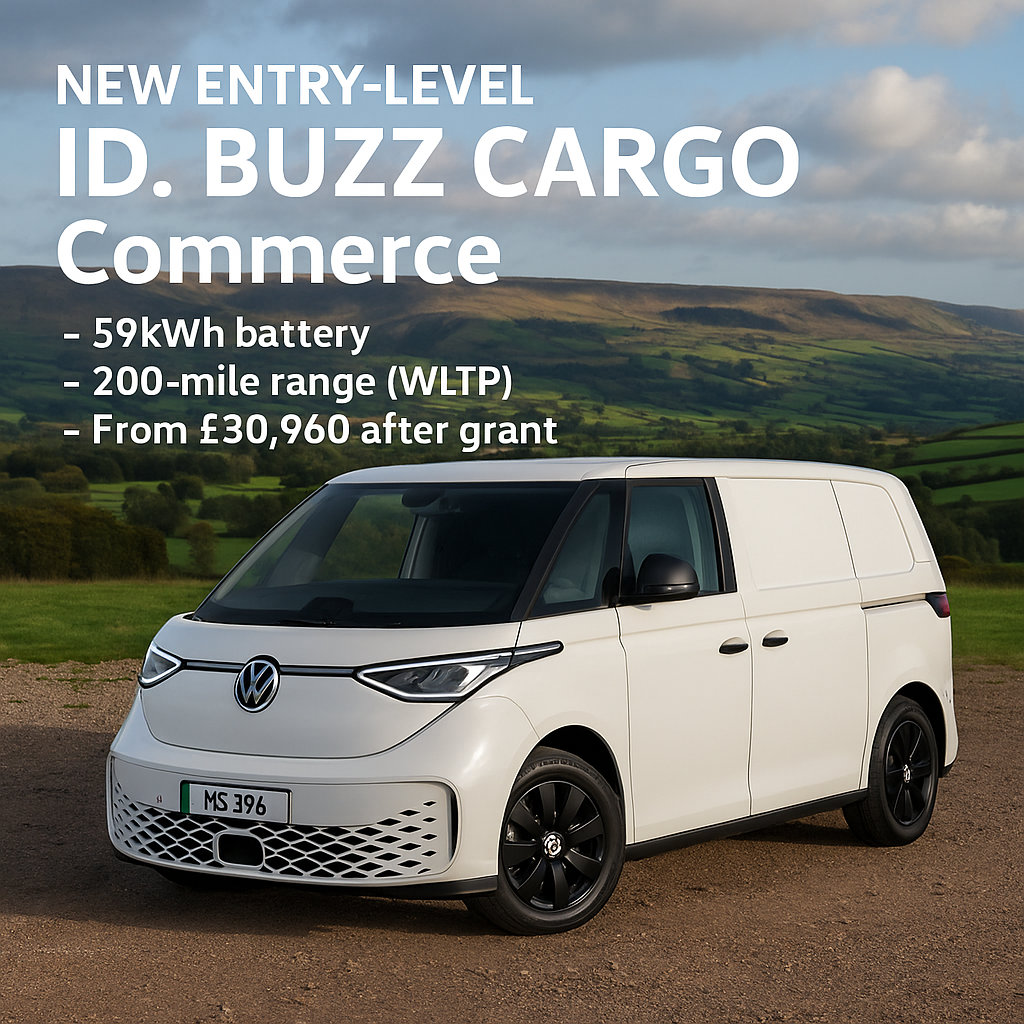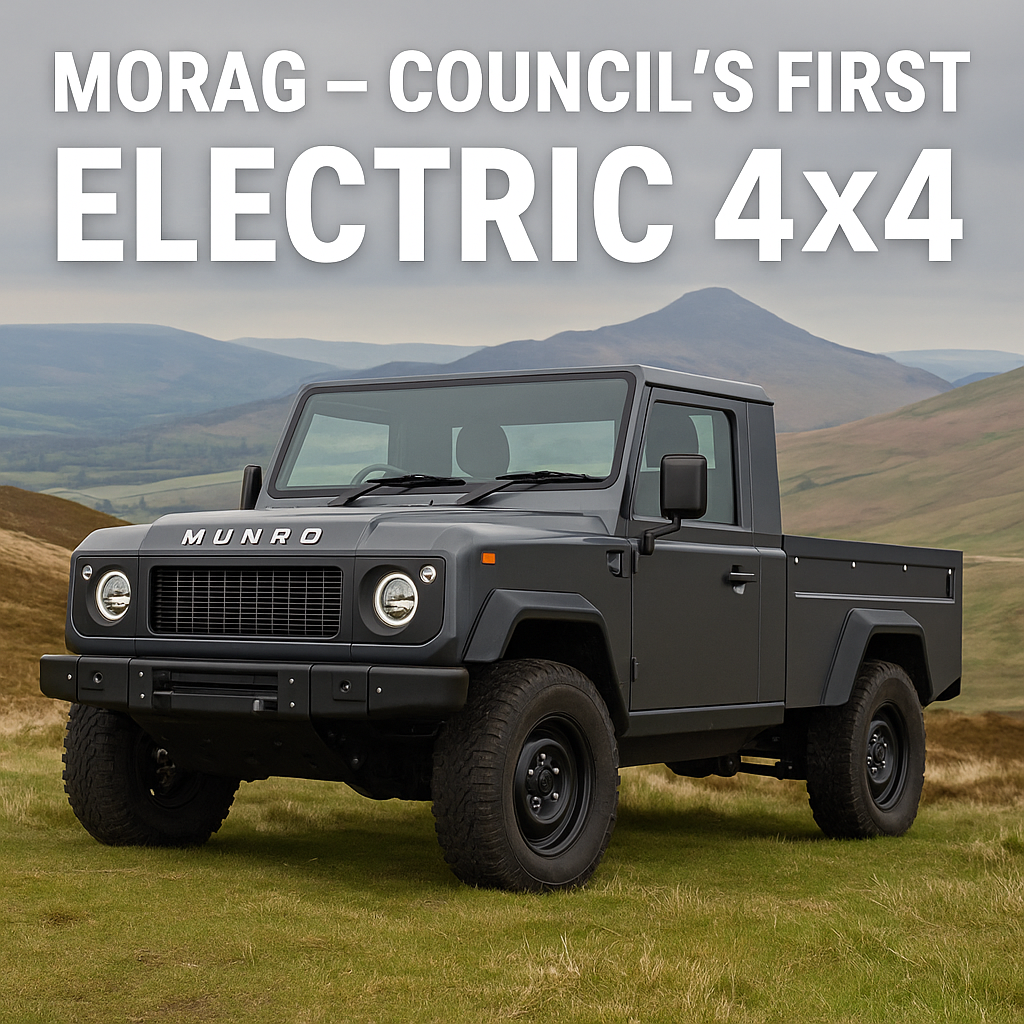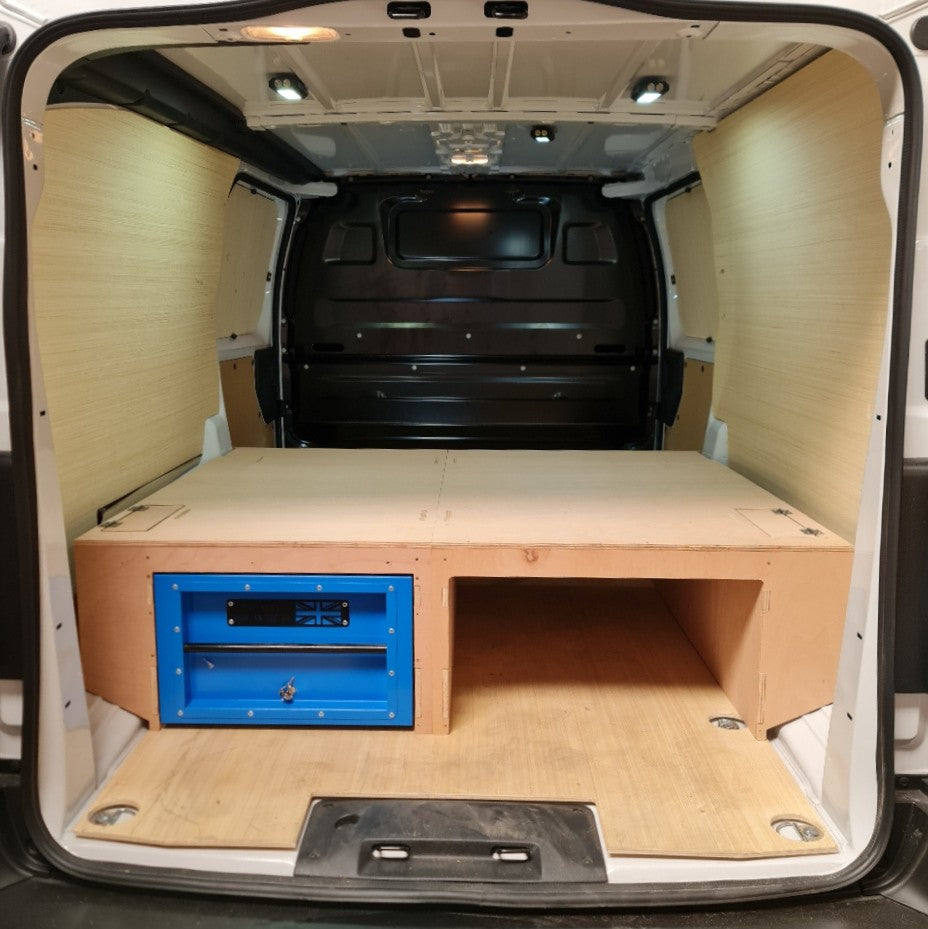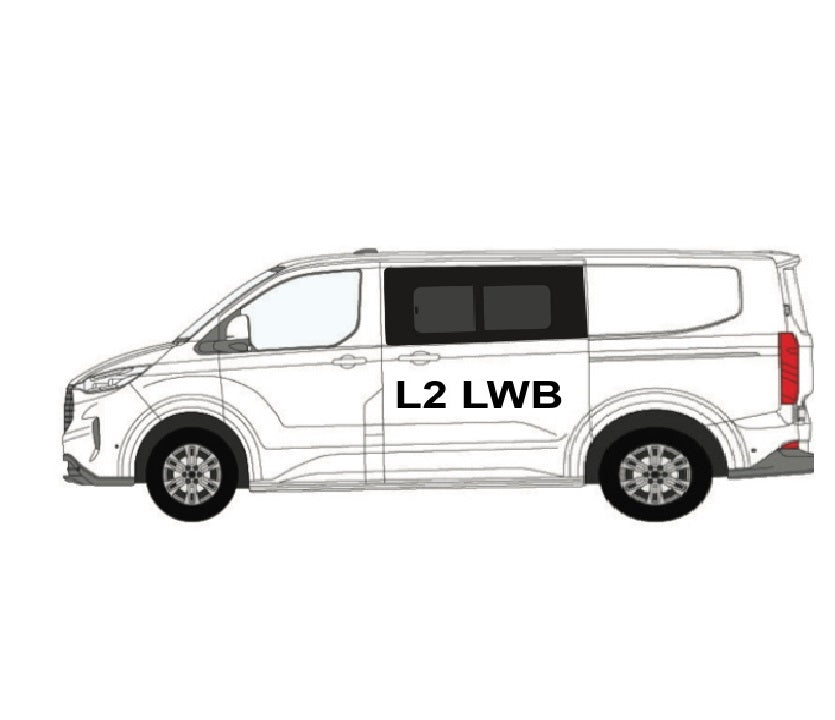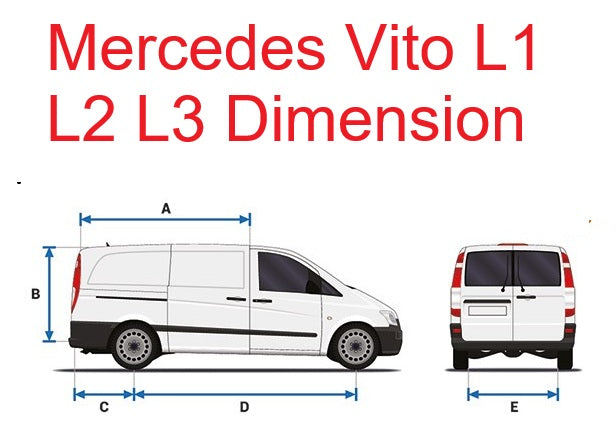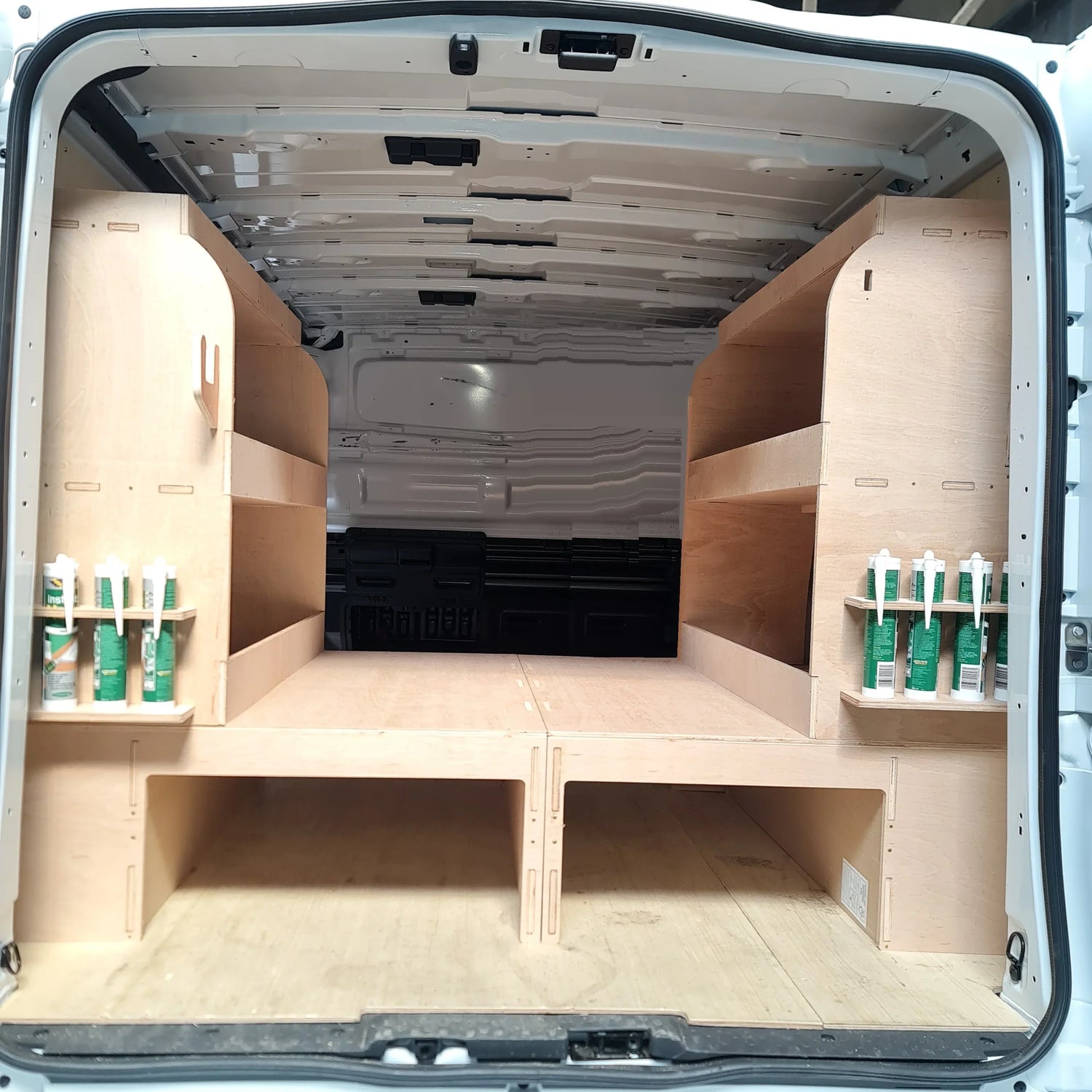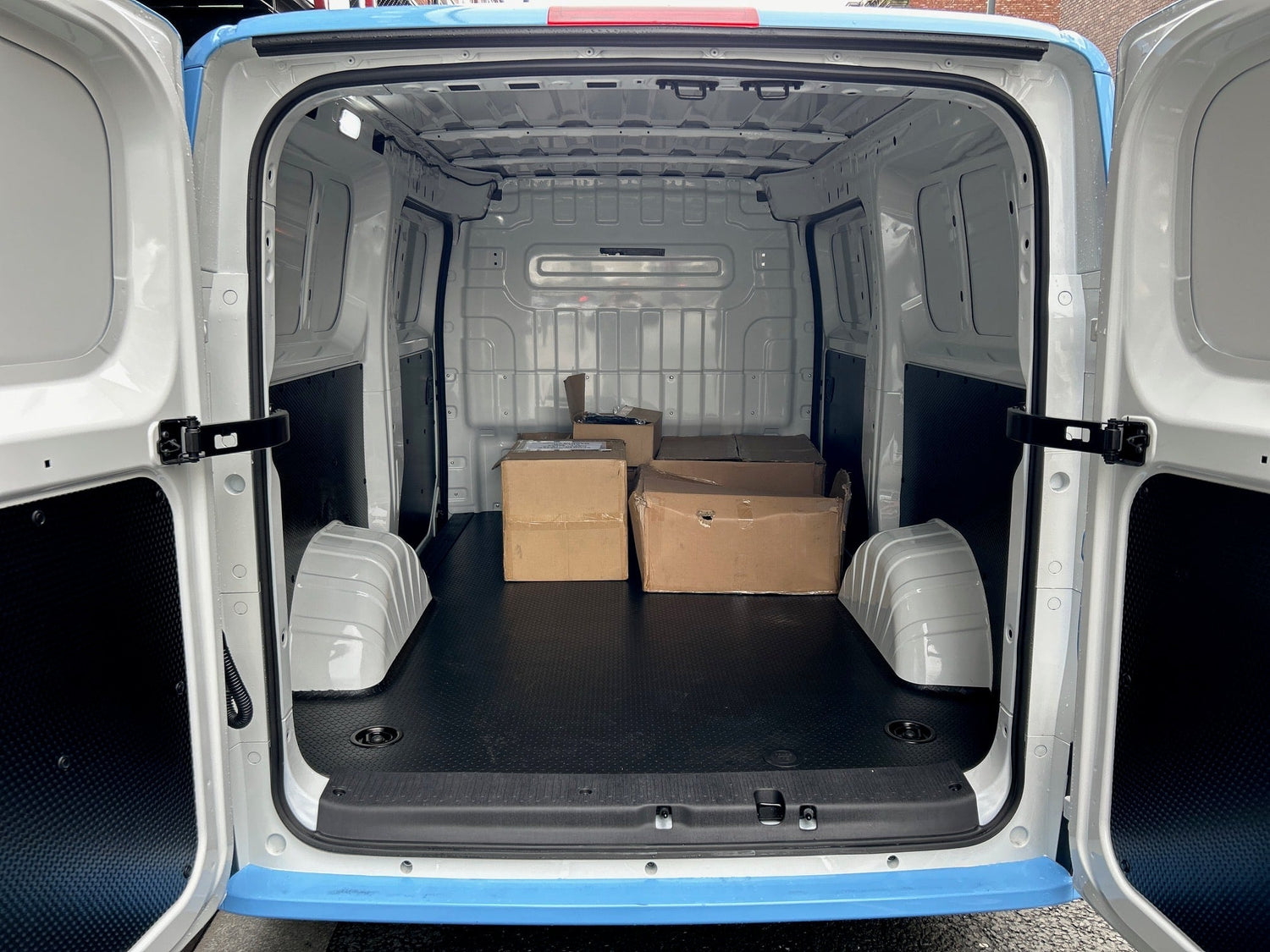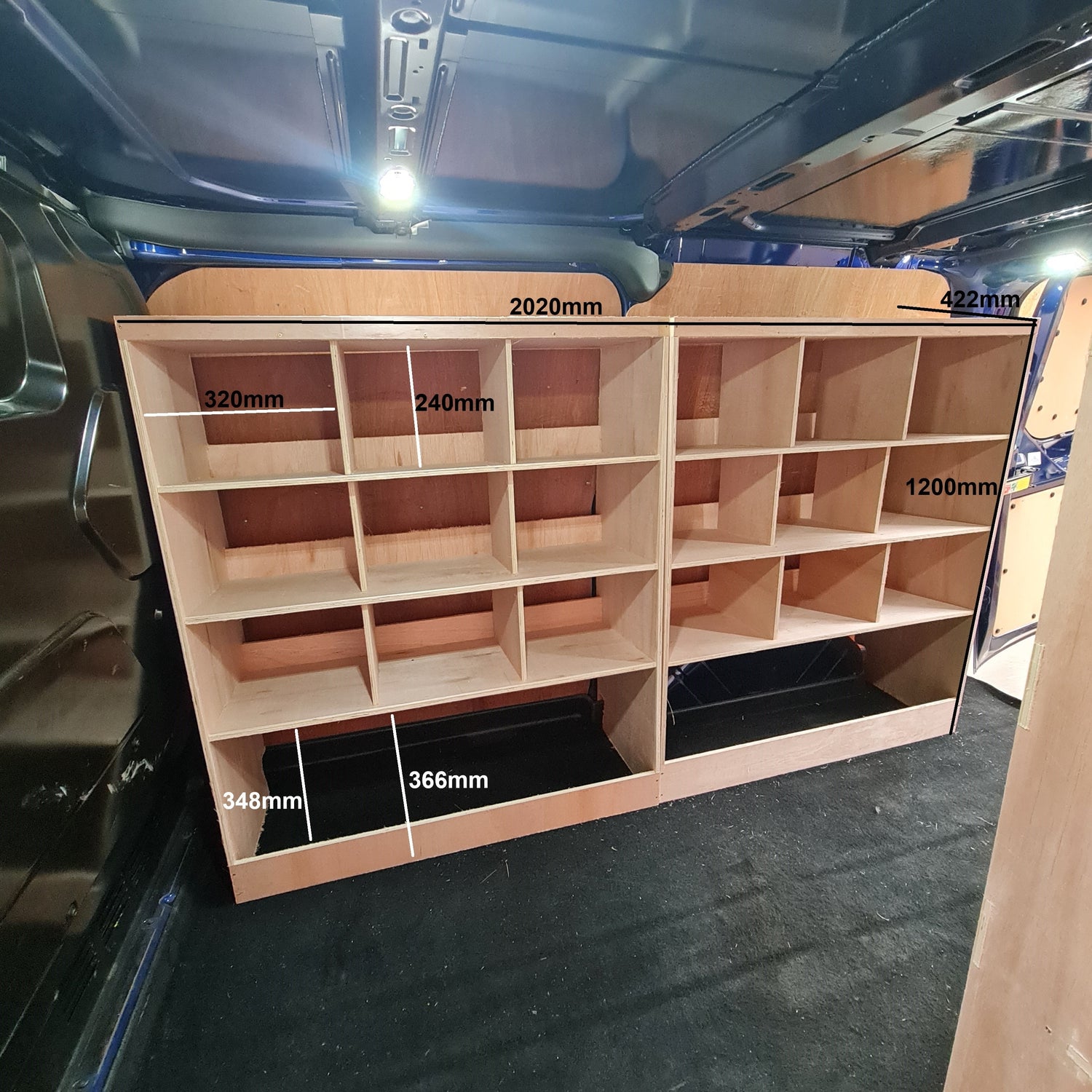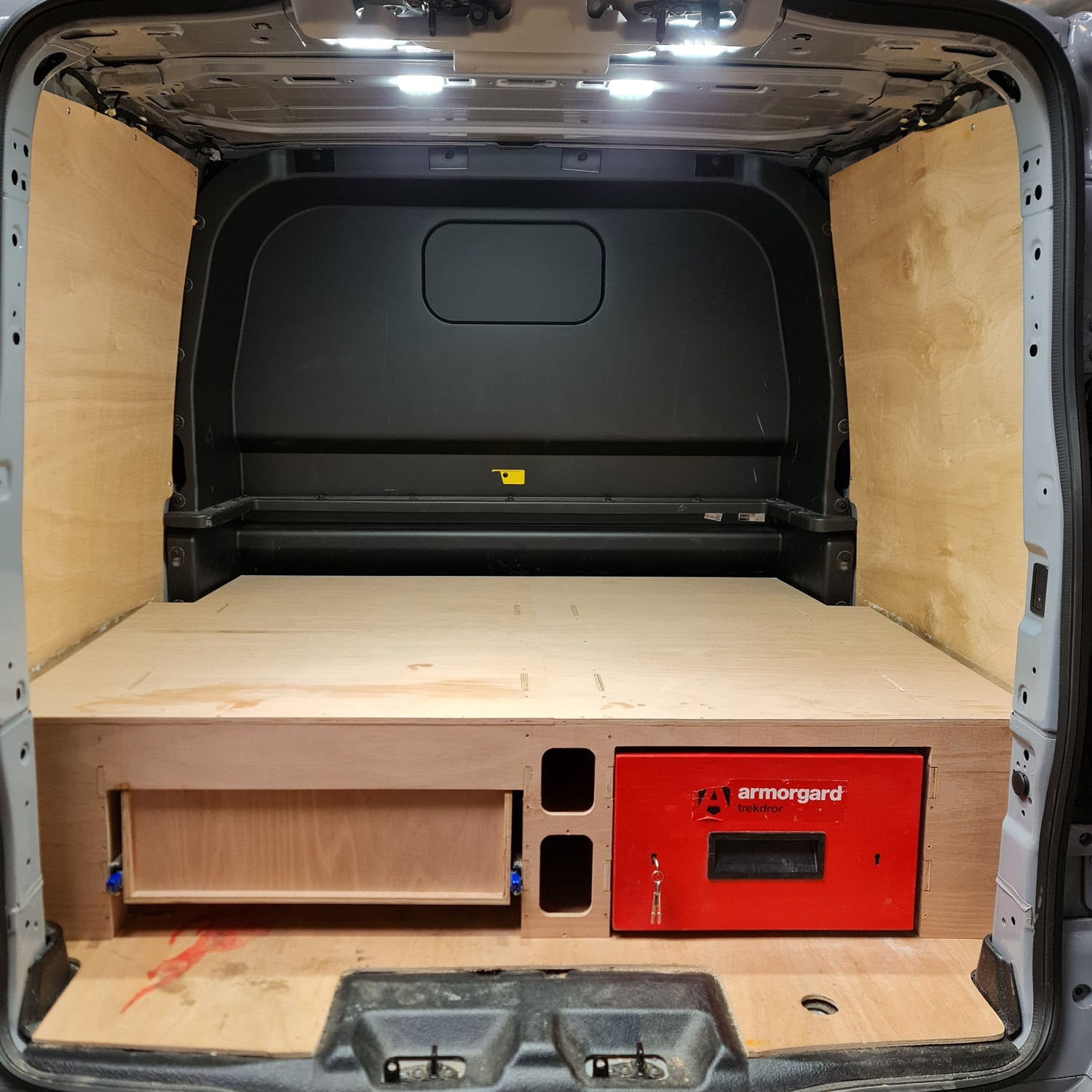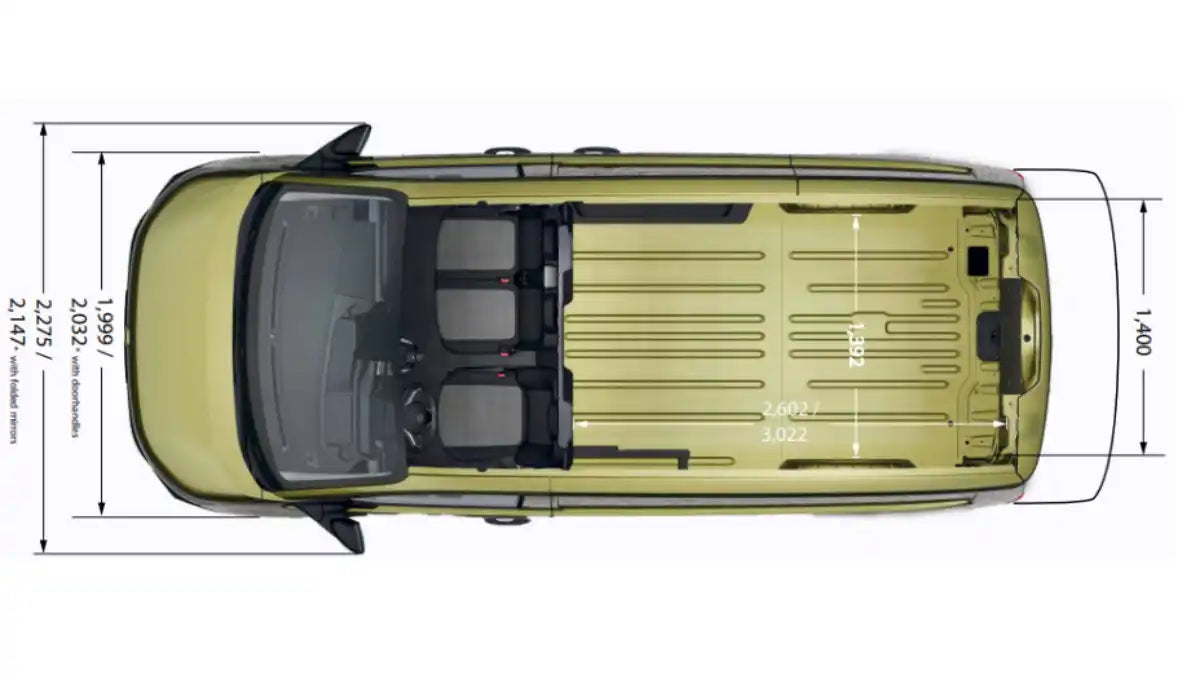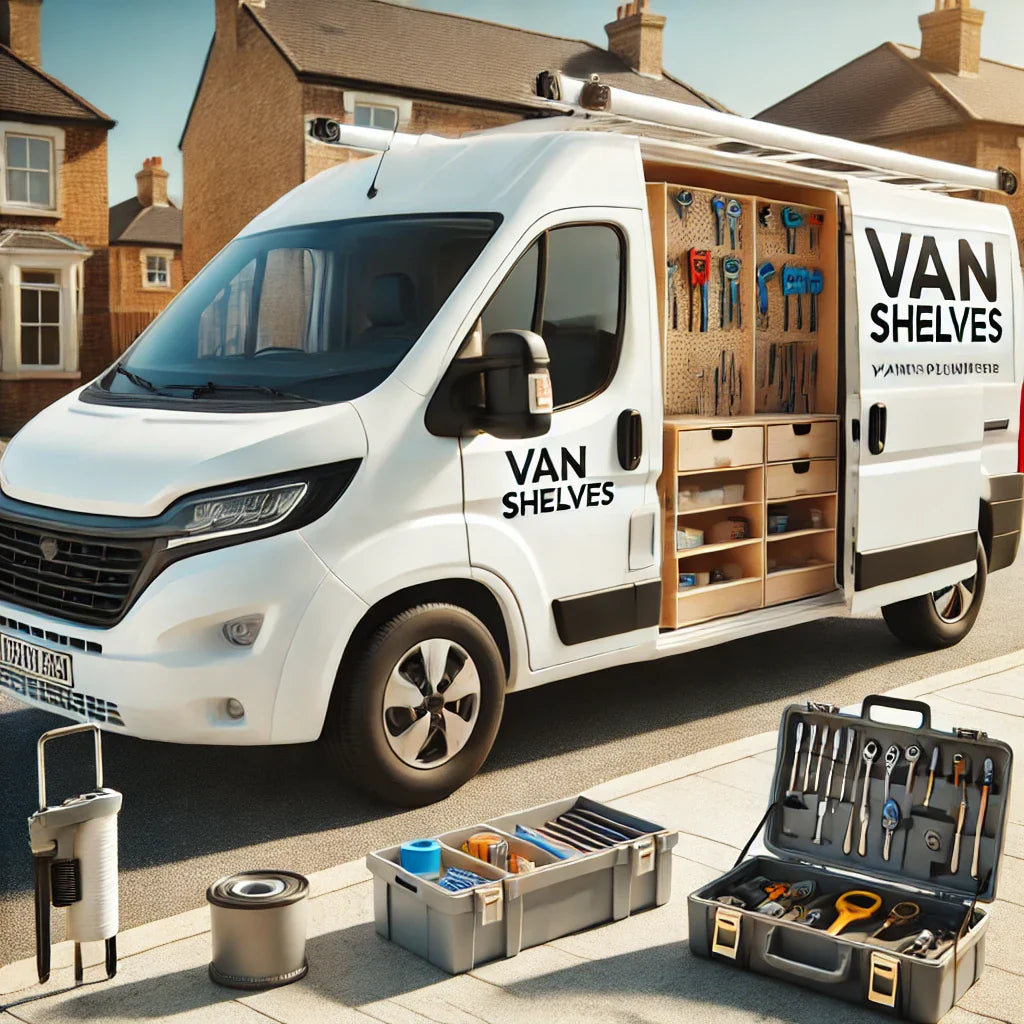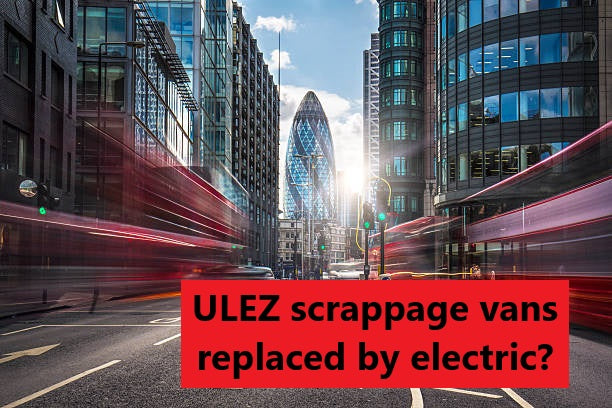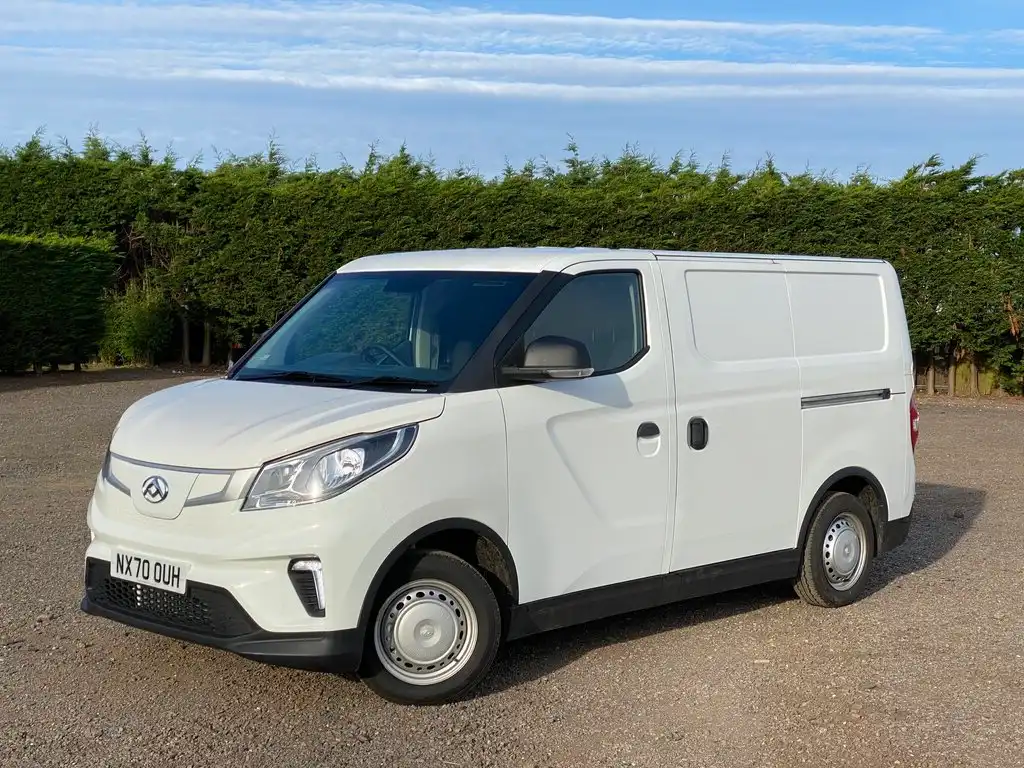
Maxus eDeliver 3
The Maxus eDeliver 3 is the first model from Chinese-owned SAIC Maxus that is a specific battery electric van. Sure, they’ve had other electric vans in the past, but its best not to talk about those (although we will) but the eDeliver 3 was made as a ground-up model for electric only.
Being the first obviously comes with a few problems, but SAIC are no strangers to producing EVs. As one of China’s biggest car manufacturers, they’re more than capable of making an electric van, but the Maxus eDeliver 3 occupies a busy end of the commercial vehicle market.
Electric vans of this size have been around for a long while, since Renault launched their first electric city van – now called the Renault Kangoo E-Tech – and was followed up by the Nissan eNV200 (now called the Nissan Townstar Electric) which has a striking size similarity to the Maxus eDeliver 3.
Who are Maxus?
SAIC took over the LDV name opting to launch with essentially the same model that was around when the company folded years earlier. The LDV V80 ( a diesel van) soon gave rise to the LDV EV80, a reworked electric version of the same van. It enjoyed some moderate success, but it wasn’t very good at all. New models meant new names. LDV became Maxus (a previous model name, used by LDV) and the Deliver 9 diesel van and an accompanying Maxus eDeliver 9 were launched.
The came the Maxus eDeliver 3, the first electric only model, designed to only be an EV. More have followed since, with the Maxus eDeliver 7 announced in early 2023 and the Maxus eDeliver 5 in late 2023. There’s also a pick-up truck called the Maxus T90EV.
What is the Maxus eDeliver 3?
The Maxus eDeliver 3 is a fully electric city van. It is something of a crossover between a small and medium-sized van.
The Maxus eDeliver 3 is available in two wheelbase lengths but there's just one body size. That's because the longer wheelbase is only used on the chassis cab version of the van. Panel vans are only available as a short-wheelbase model. There is also only the option of a standard height roof – so no extra capacity from a high roof either.

The Maxus eDeliver 3 is an electric van designed from the ground up as an EV, marking a departure from SAIC Maxus's earlier efforts to electrify existing diesel van models. This electric-only approach ensures a more modern, purpose-built vehicle for urban and short-range commercial use. Here's a breakdown of its features, performance, and position in a crowded EV van market:
Key Features and Specifications
-
Battery Options & Range:
-
35kWh Battery:
- WLTP Combined Range: 99 miles
- WLTP City Cycle Range: 141 miles
-
50kWh Battery:
- WLTP Combined Range: 151 miles
- WLTP City Cycle Range: 213 miles
-
35kWh Battery:
-
Charging Speeds:
- DC Fast Charging: Up to 50kW (0-80% in 45 minutes).
-
AC Charging:
- 6 hours for 35kWh battery (7kW supply).
- 8 hours for 50kWh battery (7kW supply).
-
Power & Efficiency:
- Electric Motor: 90kW (121hp).
- Real-world consumption matches WLTP figures, with excellent efficiency for urban routes.
-
Design & Dimensions:
- Positioned between small and medium van categories.
- Only short-wheelbase panel van options available.
- No high roof option, limiting extra capacity.
- Maximum payload: 905kg (50kWh version).
- Load volume: 4.8 cubic meters.
-
Driving Performance:
- Handles well for its size with balanced weight distribution.
- Good visibility, but the exterior design may appear “dumpy” to some due to its proportions.
Strengths of the Maxus eDeliver 3
- Dedicated EV Design: Built exclusively as an electric vehicle, avoiding compromises typical of diesel-to-EV conversions.
- Impressive Range Accuracy: Real-world performance often matches or surpasses claimed figures.
- Compact Size for Urban Use: Its smaller footprint and tight turning circle make it ideal for city deliveries.
- Affordable Entry Point: Positioned competitively in price, especially when factoring in grants and incentives.
Challenges in a Competitive Market
-
Crowded Segment:
- Faces stiff competition from models like the Renault Kangoo E-Tech, Nissan Townstar Electric, and Stellantis ProOne vans (e.g., Citroën e-Berlingo, Peugeot e-Partner).
-
Limited Charging Speeds:
- Max fast charge rate of 50kW lags behind some competitors that offer higher DC charging capacities.
-
Modest Payload:
- At 905kg, the payload capacity is lower compared to mid-sized alternatives like the Ford E-Transit Custom or Vauxhall Vivaro Electric.
-
Basic Design Choices:
- Only one roof height and limited configurations may not suit all business needs.
How It Compares
- Strengths vs. Small Vans: Offers more space than typical small vans like the e-Berlingo while maintaining city-friendly dimensions.
- Weaknesses vs. Medium Vans: Falls short in payload and load volume compared to medium-sized vans like the e-Expert or Trafic E-Tech.
Verdict
The Maxus eDeliver 3 is a well-thought-out option for businesses seeking an efficient, compact electric van primarily for urban use. Its focus on range accuracy and affordability makes it a strong contender for last-mile deliveries. However, the limited configurations and modest payload may lead some customers to consider alternatives for more demanding applications.
With the increasing shift to EVs and SAIC Maxus's growing portfolio, the eDeliver 3 establishes itself as a credible choice for those prioritizing cost-effective and efficient urban transport solutions.

